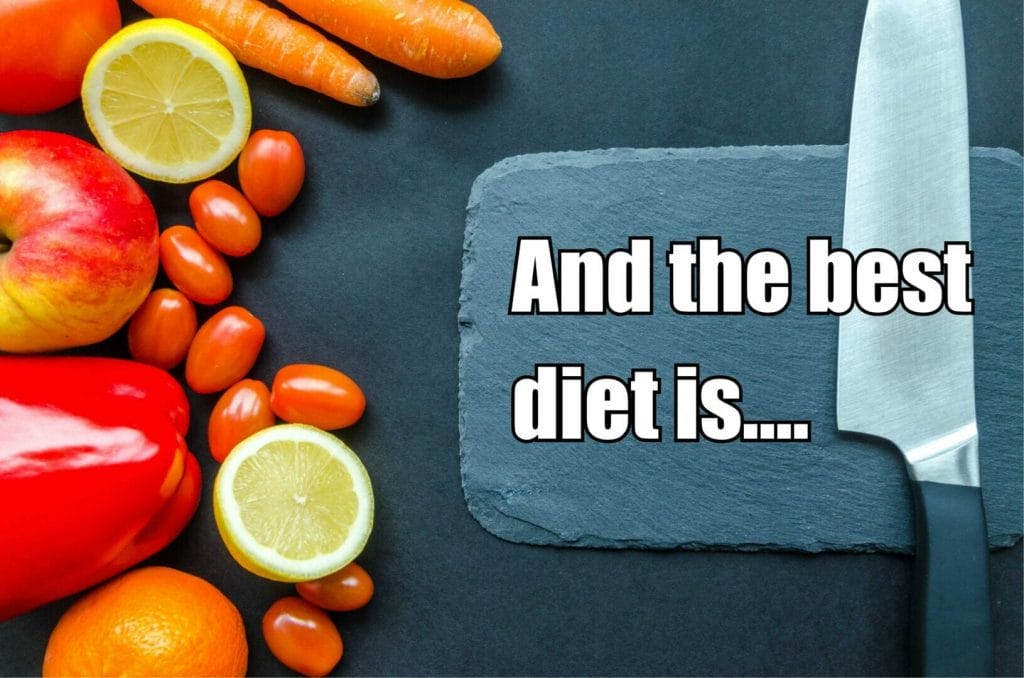Paleo, vegan, low-carb, high-protein—the list of dietary approaches seems endless and can be daunting. If you’re a beginner to fitness and nutrition, you may be wondering, “Which diet is the best for weight loss, muscle gain, and overall health?” The answer may surprise you—it’s the one that feels right for you. Here’s why.
Diet: Not a One-Size-Fits-All Approach
The pursuit of the “perfect” diet has led many to explore a wide variety of eating habits and nutrition strategies. However, one fundamental truth has remained constant: there is no universal “best” diet. What works wonders for one person may not yield the same results for another, and that’s entirely okay.
The reason for this variability lies in our unique physiology. Everyone’s body responds differently to different types of food and diets. These differences can be influenced by numerous factors, including our genetics, age, gender, physical activity levels, and even our gut microbiome. For example, some individuals have a genetic makeup that allows them to metabolize carbohydrates more effectively, making a high-carb diet more suitable for them. Others might have bodies that are more efficient at fat metabolism, making a low-carb, high-fat diet more beneficial.
Consider the low-carb diet as an example. Some people might thrive on this diet, finding they have more energy, better focus, and easier weight management when they limit their carbohydrate intake. But for others, a low-carb diet might leave them feeling fatigued, weak, or even result in unwanted weight gain.
That’s not to mention the impact of lifestyle and personal preferences. An individual who leads a sedentary lifestyle might need a different diet than an athlete who’s burning thousands of calories during intense training sessions. Similarly, cultural, ethical, or taste preferences can significantly affect how satisfying and thus how sustainable a diet can be for a person.
Then, of course, there’s the factor of how your body itself communicates its needs. Listening to your body is a skill that, unfortunately, many of us have lost touch with in the modern world of abundance and marketing messages telling us what, when, and how much to eat. Paying attention to your energy levels, hunger and satiety cues, how well you sleep, your mood, and how you perform during your workouts can provide valuable feedback about whether a diet is working for you or if adjustments are needed.
Choosing What’s Right for You
The key to finding the right dietary approach is to focus on how different foods make you feel and how they align with your fitness goals. Here are some tips to guide you:
- Trial and Error: Experiment with different dietary approaches. Observe how you feel—your energy levels, mood, physical changes, and also what you enjoy!
- Nutrient-Dense Foods: Regardless of the dietary approach, focus on nutrient-dense foods—those high in nutrients but relatively low in calories, like vegetables, lean meats, whole grains, and fruits.
- Listen to Your Body: Your body will tell you what it needs. Craving sweets may indicate you need more protein in your diet. Feeling sluggish might mean you need more complex carbs.
- Consider Your Lifestyle: Choose a diet that suits your lifestyle. If you have a busy schedule, a diet that requires significant meal prep might not be sustainable.
- Don’t Fall For The Hype: Every diet that’s been shown to have positive benefits essentially comes down to eating whole foods and eating in moderation. Don’t fall for the new fancy diet just because it has a new name on it.
- Seek Professional Advice: A nutrition coach can provide personalized advice based on your health history, fitness goals, and food preferences.
Remember, the best dietary approach is one that is sustainable, enjoyable, and supportive of your fitness and health goals. Don’t get caught up in diet labels. Instead, listen to your body, and choose what works best for you.



